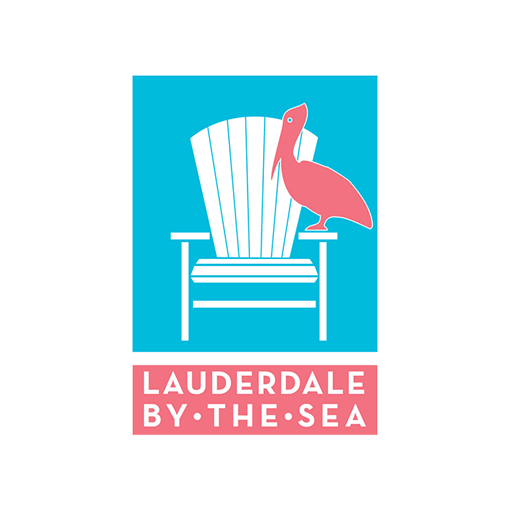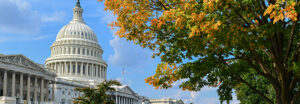
Lauderdale-By-The-Sea
Broward County, Florida
Lauderdale-By-The-Sea is a small seaside Town located entirely between the Atlantic Ocean and the Intracoastal Waterway just north of Fort Lauderdale. The Town is 2.5 miles long and half a mile wide. Our year-round population of 6,000 residents swells to more than 10,000 during the winter with the arrival of snowbirds and tourists from all over the world. The Town’s coastline was certified as a Blue Wave Beach by the Clean Beaches Council of Washington D.C. We also have an aggressive, award-winning sea oats program to help stem erosion from hurricanes and tropical storms. We participate in the National Wildlife Federation’s Community Wildlife Habitat Program and also contract with Nova Southeastern University on a unique staghorn coral restoration project.
Identified as one of Broward County’s towns and cities at risk from sea level rise, Lauderdale-by-the-Sea is vulnerable to flooding and other threats that come from rising ocean waters. As part of Broward County, the town benefits from the Southeast Florida Regional Climate Change Compact, which features an ongoing and collaborative effort to foster sustainability and climate resilience on a regional scale. Broward County is tackling the issue of sea level rise head-on with aggressive action plans and a number of resources for residents within its various communities.


